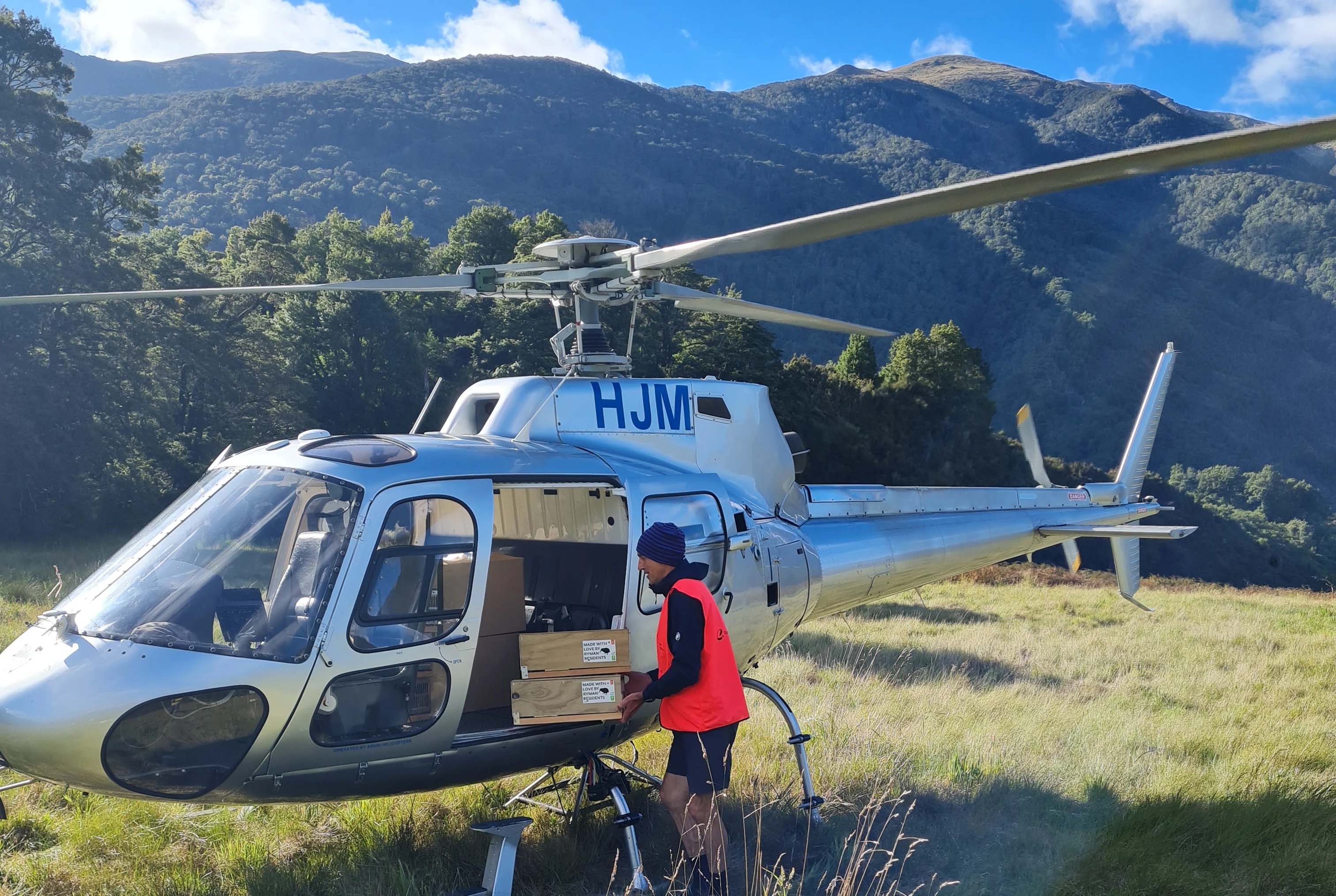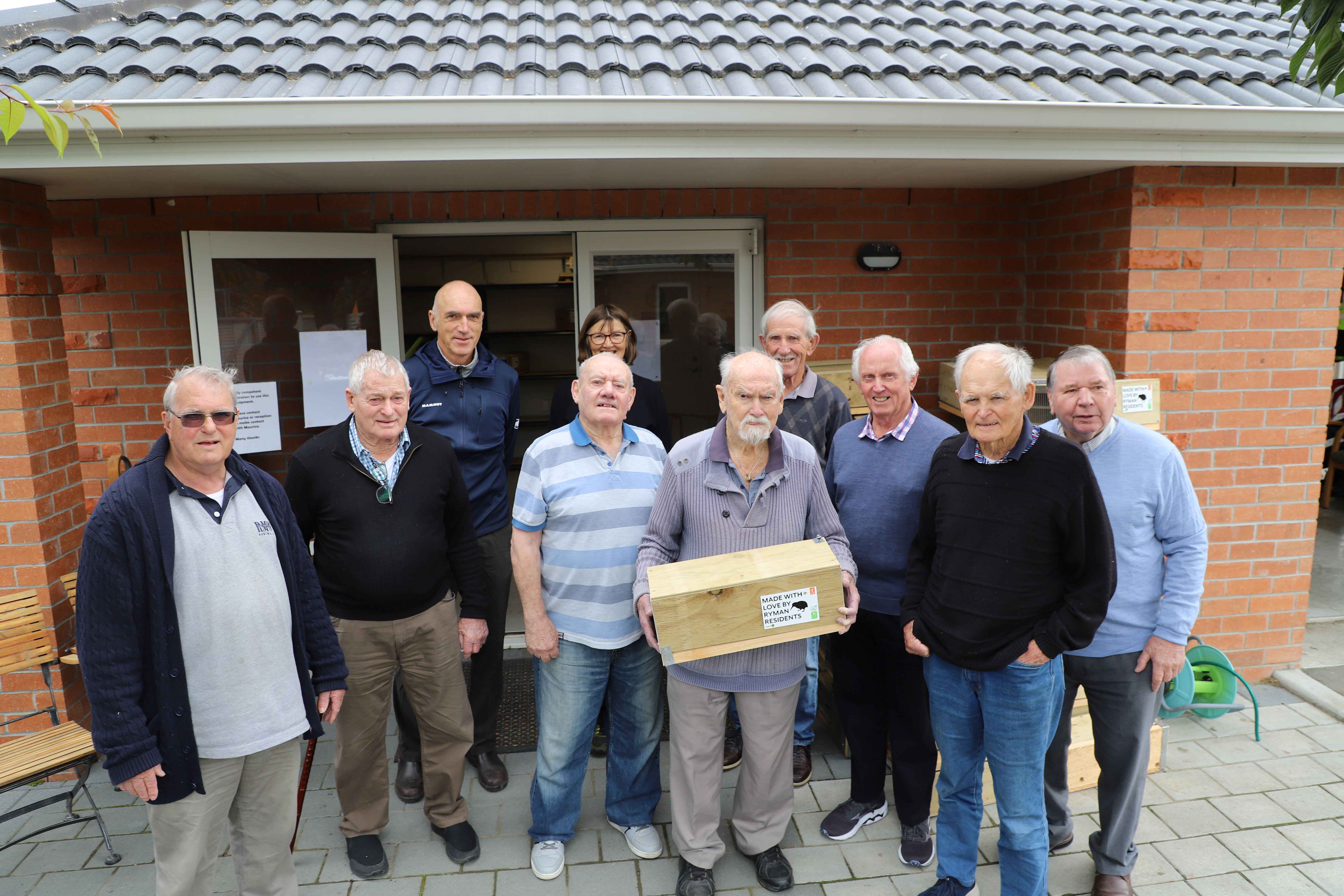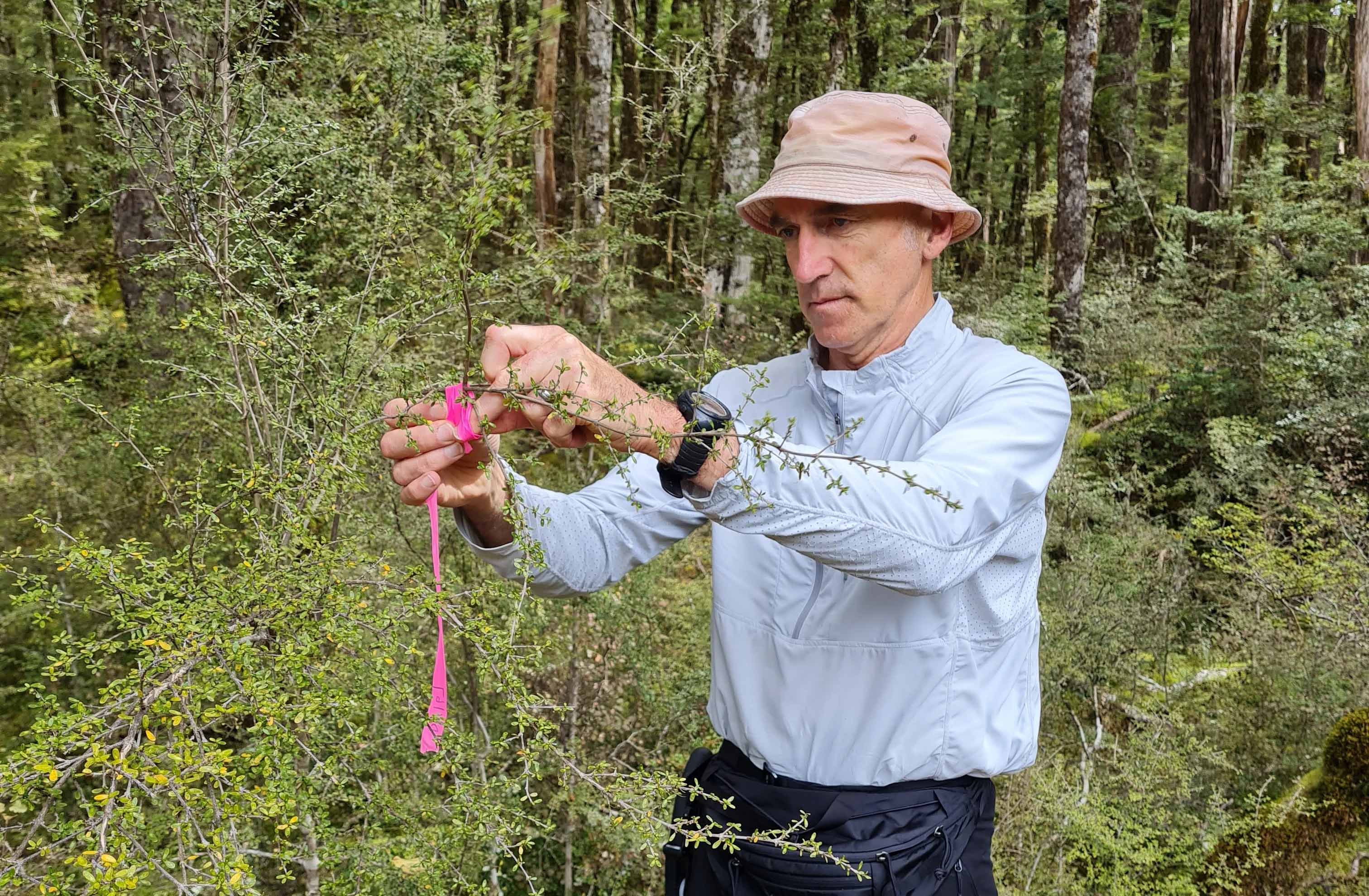‘Holding the line’ by keeping predators at bay is the aim of a group of dedicated bird conservationists. The team, which includes Ryman Healthcare residents, is in the process of building dozens of traps to snare stoats and rats in the South Island high country.
Charles Upham Retirement Village residents have been refining their trap-making skills to make sure wooden trap housings are light enough to take into the near-pristine valleys which lie on the eastern side of the main divide.
The Nina Valley catchment near the main divide of the South Island is the location for 100 pest traps (which were ‘Made with Love by Ryman Residents’) to help in the protection and recovery of native bird numbers in the inland paradise. Following this first large batch planning is underway to build a second batch of 100 traps.

Resident Lynn Andrews, along with a group of nine others from the Rangiora village, is helping Canterbury conservationists Marcus King and George Moran build trap housings which are light enough to be relatively easily transported into the Lewis Pass. Including the Nina and Doubtful tributaries, and along the Lewis and Boyle Rivers, which for a stretch runs alongside State Highway 7.
Designing the right sort of traps to ensure mustelids, such as stoats, are drawn in, is a technical process that has been carried by Marcus. In the end he settled on a new design for the trap housing, which then contains a single DoC150 trap.
The team are protecting precious birds, including great spotted kiwi, whio/blue duck, parakeet/kākāriki, kea and kākā. Native jewelled geckos are also found in the region.
“There’s birdlife you don’t see in other valleys, I’ve seen kākā which are in reasonably low numbers in Canterbury,” George says.

At Charles Upham, Lynn is surrounded by a team including Colin Dixon, Allan Orchard, Terry Courtney, Murray Giles, Ross Stewart, Lindsay Rowe, Christine Andrews, Gwenda Johnson and John Sheat. It is a long-running protection project that will continue to reduce pest numbers significantly over time, with the traps expected to last 20-25 years. The residents are totally on board, he says.
“What is great is the enthusiasm that comes from the people who work within this shed... they’re very keen and they do get pleasure out of seeing our traps ending up doing some good,” Lynn says.
George Moran, chairperson of the Doubtless Conservation Trust charity, said a key part of his job of getting traps laid in new areas associated with the Nina and Doubtful, including the Lucretia and Duchess streams. “The Duchess is untracked, it’s quite rugged, so it’s easier to carry these lighter traps up.”
He says he’s formed a great relationship with the residents, who have also been helped by other similarly-minded residents from the Anthony Wilding and Diana Isaac villages in Christchurch. George says the introductions to Ryman residents, in 2018, was made with the help of ranger Sandy Yong and community ranger Sarah Ensor from the Department of Conservation.
While the residents are understated in what their ongoing work, including three months of building the 100 traps, might achieve in terms of conservation, they talk of the need for a larger practical team of nine or ten, to do the cutting, drilling, screwing and thus assembling the trap housings.
George heralds their work for the wilderness. “You should be rightfully proud of what you are doing, because you are making a difference. I’ve just spent two days in the Nina Valley where there has been trapping since 2007 and since 2019 traps from this Charles Upham residents’ shed.

“Now there are more birds there than other valleys... there are blue duck, they number just 2000 to 3000 in the wild, and they’re nesting and having ducklings in the Nina Valley, so people like you guys making traps is really making a difference, we’re really starting to see it.
“And I apologise for them being fiddly, but as you know, as I’ve said before, we just had to get the weight down.” Trap housings and the metal traps could weigh up to 14kgs before they became heavier in rainforest surroundings. However, the Marcus Kind designed and Ryman made trap housing, made with ply and macrocarpa, were a dry weight of 4kg. “It makes it so much easier for us to carry in and put into rugged terrain.”
Lighter boxes need to be anchored down because keas can easily knock them over, George says.
What the Doubtless Conservation trust members and volunteers want to do is provide a ‘line’ of defence against predators to last for a period while better trapping and pest-ridding technology is developed, George says.
The trapping along the Nina Valley dates back to around 2007-08 when teacher Tim Kelly and students from the Hawarden-based Hurunui College started laying traps. The traps Ryman residents had constructed were added to the true right of the river in 2020. “So that then matched the loop we had on the true left. It was then like we were guarding the entrance to the valley...
“So, it’s reasonably well trapped that valley, but still not quite good enough,” George adds.
Lynn Andrews says, so far, the team has made in the order of 300 plus specially designed wooden trap housings to trap pests which have a devastating impact on New Zealand native birds and the wider environment. The Ryman traps have also been laid in the Port Hills, the Torlesse beech tree and tussocklands area, and the Ashley River.




